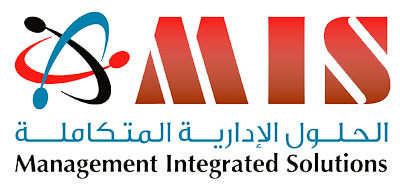Program Duration:
2 days
Program Objectives:
By the end of this program, participants will be able to:
• Identify Best Practices in measuring organizational performance
• Identify the basics of measuring organizational performance: Introducing balanced score card
• How to design performance measures
• Explain how to execute the Strategy through performance measurement systems
• Explain the role of performance measurement in Organizational development
Program Contents:
– Strategic Management and Performance measurement
– Why we need to change (international variables)
– Why we need to change (local variables)
– Performance measurement principles
– Implementing strategy and strategic management (balanced scorecard principles)
– Setting plans and performance measures
– Strategic planning principles
– How to activate the organization strategy
– Measuring performance
– Setting goals
– Designing performance indicators
– Collecting and analyzing data
– Best practices in measuring organizational performance in the government sector
– Action plan
Possible difficulties
Program Design and Target Participants:
This program is designed for directors, managers, section heads, specialists and those
Who are looking for developing themselves and their organizations performance.
Program Delivery Methods:
• Self – Assessments.
• Workshops.
• Exercises.
• Individual and team presentation.
Program : 32
Risk Assessment & Management
Program Duration:
2 days
Program Objectives:
By the end of this program, participants will be able to:
• Understand the nature and types of risks.
• Develop risk management culture.
• Leverage risk management competencies.
Program Outcomes:
• Utilize risk matrix of risk analysis.
• Develop risk management teams and plans.
Program Contents:
Intellectual Dimensions of Risk
• Concept of risk.
• Risk triangle and risk causes.
• Relationship among risk, change and success.
• Risk management goals.
Types of Risk
• Strategic risks.
• Operational risks.
• Compliance risks.
• Governance risks.
Risk Management process:
• Risk assessment.
• Risk analysis.
• Classifying and prioritizing risks.
• Risk Control.
Implementing Risk Management:
• Cost of risk Management.
• Integrating risk management.
Program Design and Target Participants:
This program is designed for leveraging risk management competencies of those who are looking for enhancing their risk management capabilities.
Program Delivery Methods:
• Workshops.
• Case Studies
• Individual and Group.
• Exercises.
• Scenarios.
